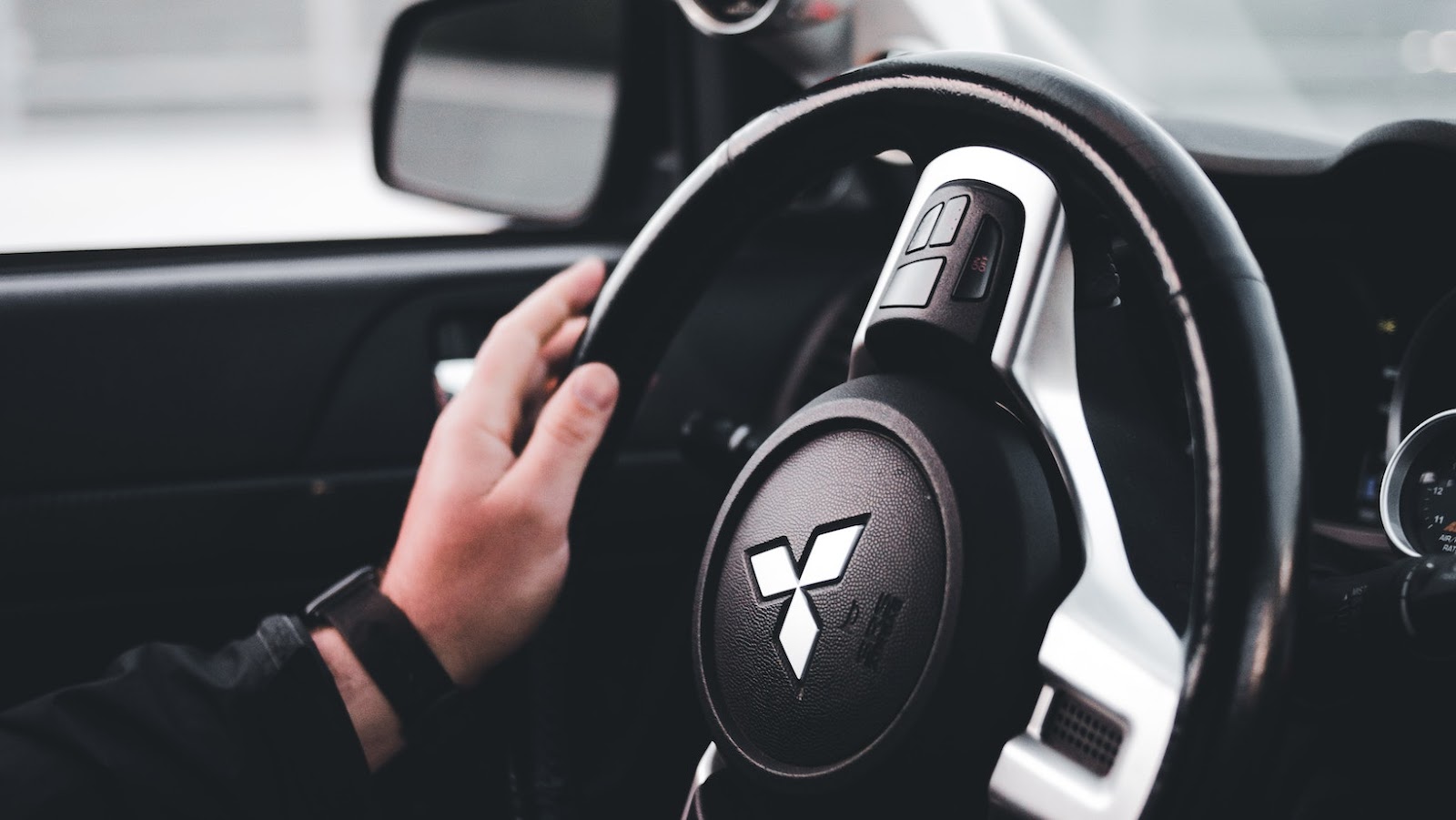
When Jump-Starting a Car, Always Remember This Shocking Mistake That Everyone Makes
When jump-starting a car, it’s important to follow certain safety precautions to avoid accidents and injuries. One important thing to remember is to wear protective gloves and eye goggles while handling the battery. This will protect your hands and eyes from any acid leaking from the battery.
Another critical thing to remember when jump-starting a car is properly connecting the cables. Connecting the cables in the wrong order can cause serious damage to the vehicle’s electrical system. The correct order is to attach the positive cable to the dead battery’s positive terminal, then the charged battery’s positive terminal. After that, attach the negative cable to the negative terminal of the charged battery. Finally, attach the negative cable to a grounded metal area in the dead car’s engine compartment.
Finally, when jump-starting a car, ensure the two cars are not touching each other. This can cause a dangerous electrical arc, damaging both vehicles, and possibly injuries. Instead, ideally, place the two vehicles a safe distance apart with their hoods facing each other.
When Jump-Starting a Car, Always Remember ___________.
Jump-starting a car can be a quick and easy way to get back on the road when your battery dies. However, taking the necessary precautions to avoid accidents or injuries is crucial. Here are some important safety tips to keep in mind when jump-starting a car:
1. Wear protective gear: Some car batteries contain corrosive chemicals that can be dangerous if they come into contact with your skin or eyes. So always wear gloves and eye protection when jump-starting a car.
2. Keep flammable materials away: Make sure no flammable materials, such as gasoline or oil, are near the battery or jump-start cables. A spark could cause an explosion.
3. Turn off both cars: Before connecting the jump-start cables, make sure both cars are turned off. This will prevent any electrical surges or other mishaps from occurring.
4. Check the batteries: Inspect both to ensure they’re in good condition. If either has visible damage, do not attempt to jump-start the car.
5. Follow the correct order: Always connect the cables correctly. First, attach the positive (red) cable to the positive terminal on the dead battery, then attach the other end of the positive cable to the positive terminal on the charged battery. Next, attach the negative (black) cable to the negative terminal on the charged battery and the other end to an unpainted metal surface on the dead car’s engine block, away from the battery.
6. Start the cars: Once the cables are properly connected, start the car with the charged battery and let it run for a few minutes. Then, try starting the dead car. If it doesn’t start immediately, wait a few more minutes and try again.
Following these important safety precautions, you can safely jump-start your car and return to the road. Remember, when jump-starting a car, always remember to prioritize safety over convenience.
Steps to Jump-Start a Car
Jump-starting a car is not as complicated as it may seem, but it does require some care. Here are the steps to follow:
Prepare for the Jump-Start
The first thing to do is to prepare for the jump-start. Park the car with the working battery close enough to the one with a dead battery so that the cables can reach both batteries. Ensure both cars are turned off and the keys are out of the ignition.
Connect the Jumper Cables
Connect the jumper cables in the following order:
1. Connect the positive (+) cable to the dead battery’s positive terminal.
2. Connect the other end of the positive (+) cable to the positive terminal of the working battery.
3. Connect the negative (-) cable to the working battery’s negative terminal.
4. Connect the other end of the negative (-) cable to an unpainted metal surface of the car with the dead battery. This is called the ground connection.
Start the Engines
Start the engine of the car with the working battery. Let it run for a couple of minutes. Then start the engine of the car with the dead battery.
Remove the Jumper Cables
Once the dead battery has been jump-started, carefully remove the jumper cables in the reverse order of their connection:
1. Remove the negative (-) cable from the car with the formerly dead battery.
2. Remove the negative (-) cable from the car with the live battery.
3. Remove the positive (+) cable from the car with the live battery.
4. Remove the positive (+) cable from the car with the formerly dead battery.
It’s important to remember that when jump-starting a car, always remember to wear protective gloves and eye-wear. In addition, do not smoke or create sparks near the battery as it may explode. Finally, do not attempt a jump-start if the battery is corroded or leaking. Instead, call a professional mechanic for help. Following these steps, you can safely and efficiently jump-start your car and return on the road quickly.
When jump-starting a car, several preventative measures should be taken to ensure the process goes as smoothly and safely as possible. Here are a few tips to consider:
1. Wear Protective Gear
Before attempting to jump-start a car, wearing protective gear such as gloves and safety glasses is important. This will help prevent any accidental injury from electrical shocks or battery acid. Always make sure you are wearing the right gear before you begin.
2. Check for Damage
Before attempting to jump-start a car, inspect the battery terminals for signs of damage or corrosion. If you notice any damage, repairing or replacing the battery before proceeding with the jump-start is essential. A damaged or corroded battery can be dangerous and potentially cause harm to you and your car.
3. Park Correctly
When jump-starting a car, ensure both cars are parked close enough for the jumper cables to reach, but not so close that they touch. Turning off all electronics, such as the radio and headlights, can also prevent a power surge from damaging the vehicles.
4. Connect the Cables Correctly
It’s essential to connect the jumper cables correctly when jump-starting a car. Start by connecting the positive terminal (+) of the dead battery to the positive terminal (+) of the charged battery. Then, connect the charged battery’s negative terminal (-) to an unpainted metal surface on the car’s frame, and the negative terminal (-) of the dead battery to the other end of the cable. Never connect the negative cable to the dead battery’s negative terminal, as this can cause an explosion.
5. Start the Car
After connecting the cables:
- Start the car with the charged battery and let it idle for a few minutes.
- Try starting the car with the dead battery.
- If it starts, let it run for a few minutes before disconnecting the jumper cables.
By following these preventative measures, you can safely jump-start a car and avoid potential accidents or damage to your car. Always wear protective gear, check for damage, park correctly, connect the cables, and start the car following the proper steps.
Conclusion
Knowing how to jump-start a car is always useful, especially in emergencies. However, following the proper steps is crucial to ensure safety and avoid vehicle damage. In conclusion, when jump-starting a car, always remember the following:
1. Safety first: Wear protective gear such as gloves and safety glasses, and ensure the cars are parked away from traffic.
2. Check the owner’s manual: Follow specific instructions for your car, as some models may require additional precautions or steps.
3. Connect the cables correctly: The red cable goes to the dead battery’s positive terminal, while the other red cable goes to the positive terminal of the good battery. The black cable goes to the negative terminal of the good battery, and the other black cable goes to an unpainted metal surface of the dead car away from the battery.
4. Start the engine: Turn on the good car’s engine and let it run for a few minutes, then try starting the dead car. If it doesn’t work, let the good car run for a bit longer.
5. Disconnect the cables: Remove the cables in the opposite order of connection, and make sure they don’t touch each other or any metal parts of the car.
By following the above steps, you can safely jump-start a car without damaging any of the involved vehicles. However, remember that jump-starting should be a temporary solution and that it’s important to have your car diagnosed by a professional to prevent future issues.






